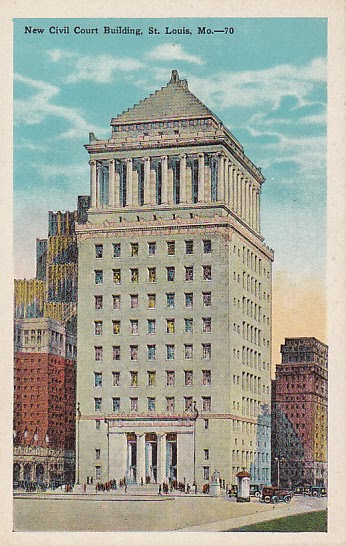 Uncommon commons: In more than 30 years in
sportscards publishing I have thrown hundreds of notes into files about the
players – usually non-star players – who made up the majority of the baseball
and football cards I collected as a kid. Today, I keep adding to those files as
I peruse microfilms of The Sporting News from the 1880s through the
1960s. I found these tidbits brought some life to the player pictures on those
cards. I figure that if I enjoyed them, you might too.
Uncommon commons: In more than 30 years in
sportscards publishing I have thrown hundreds of notes into files about the
players – usually non-star players – who made up the majority of the baseball
and football cards I collected as a kid. Today, I keep adding to those files as
I peruse microfilms of The Sporting News from the 1880s through the
1960s. I found these tidbits brought some life to the player pictures on those
cards. I figure that if I enjoyed them, you might too.
On Nov. 17, 1947, while pitching in the Venezuela
winter league, Saul Rogovin was thrown in jail for issuing too many bases on
balls.
Rogovin claimed that he had told the manager of his Venezuela club
that he had a sore arm and could not pitch, but was ordered to take the mound
anyway.
Rogovin walked the first four batters to face him and then
was thrown out of the game for arguing with the umpire. The team’s owner, Oscar
Yanes, accused the pitcher of not trying to throw strikes and had four
policemen escort Rogovin off the field and to the Caracas jail. His team lost the game 6-5.
After spending the night in jail, Rogovin was released with
no charges being pressed, after the team’s directors overruled Yanes.
Rogovin then went to the mound and defeated the Cerveceria
club 10-6, eventually running his record to four straight wins while tying
another. He pitched four of his last-place team’s first five victories.
At the time, Rogovin was property of the Buffalo Bisons of
the International League, for whom he had a 3-4 season in 1947. After going 29-13 at Bueffo in 1948-49, he made the big leagues with the Tigers (1949-51), White Sox (1951-53), Orioles (1955) and Phillies (1955-57). He had a major league career mark of 48-48 with a 4.06 ERA.
Among the future major leaguers whom Rogovin faced during
that 1947-48 Venezuela winter ball season were Don Newcombe, Roy Campella (who managed
the Vargas team), Joe Black, Max Surkont and Luke Easter.
* * *
I never noticed this before, but Rogovin is pictured on his 1954 Bowman card as a Cincinnati Redleg, though he never pitched for them.
The White Sox traded him to Cincinnati in December, 1953. He pitched the entire 1954 season with Havana in the International League (8-8, 3.71 ERA) and was dealt to the Phillies in December, 1954.























